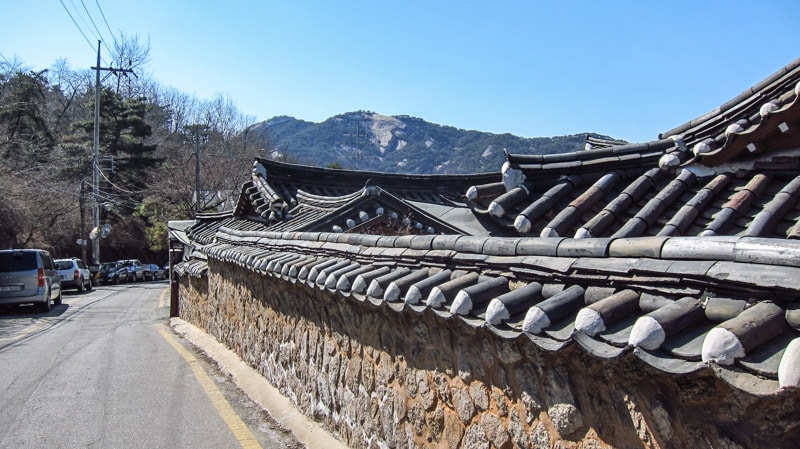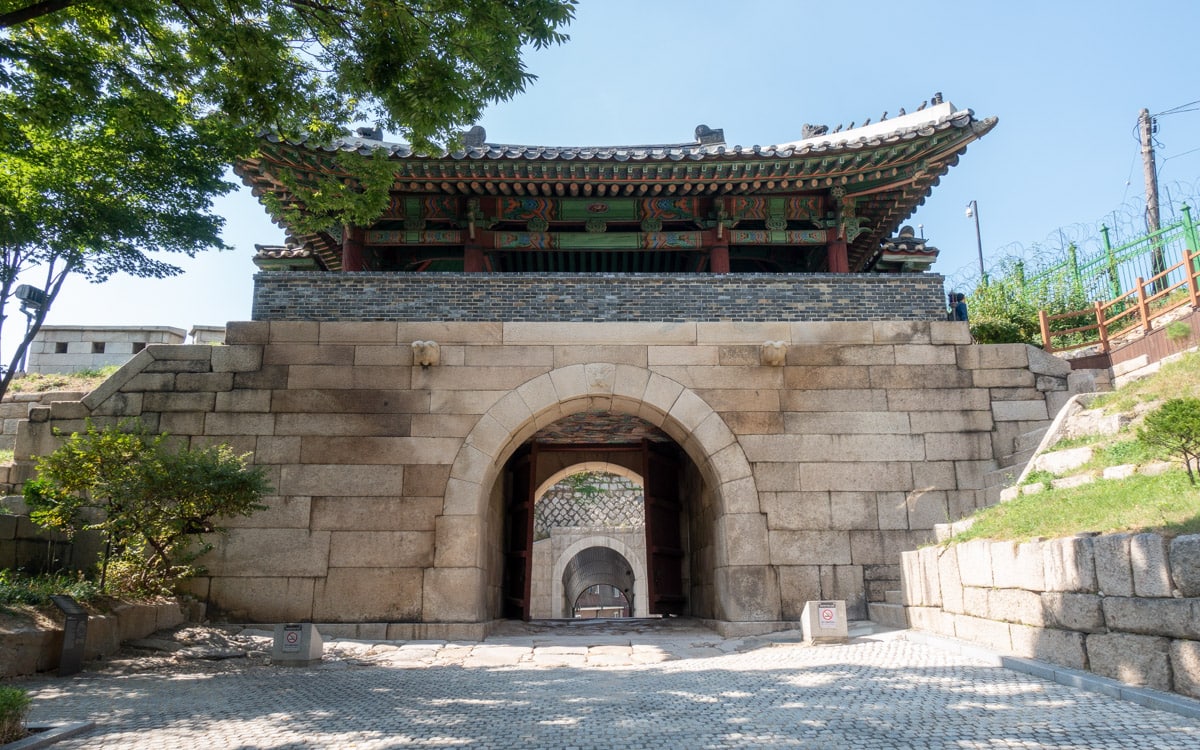
Changuimun Gate, located in northern Seoul, is one of the Four Small Gates of Seoul Fortress. In the past, the gate has also been known as Jahamun and Buksosomun. Construction started in 1396 during the beginning years of the Joseon Dynasty.
Built north of the city, Changuimun became a major link between the city and areas to the north. The Joseon Dynasty built this gate with the purpose of protecting the capital city, known then as Hanyang.
Changuimun was constructed using granite and features an arched entrance. The original wooden gatehouse was destroyed by a fire during the Japanese invasion of Korea in 1592, also known as the Imjin War.
The gate was rebuilt almost 150 years later in 1740 and is now one of the oldest remaining gates in Seoul.
Today, visitors can walk through the passageway to view each side of the gate and are allowed to take the stairs up to the gatehouse. In the past, access to the gatehouse was not allowed. Access may change at any time.
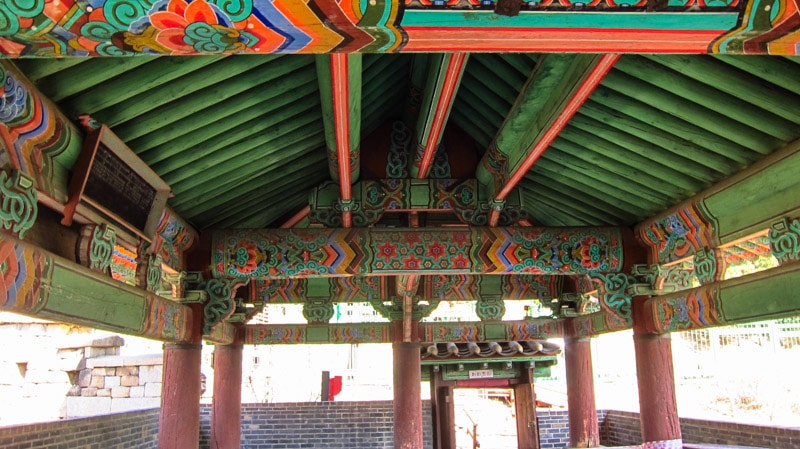
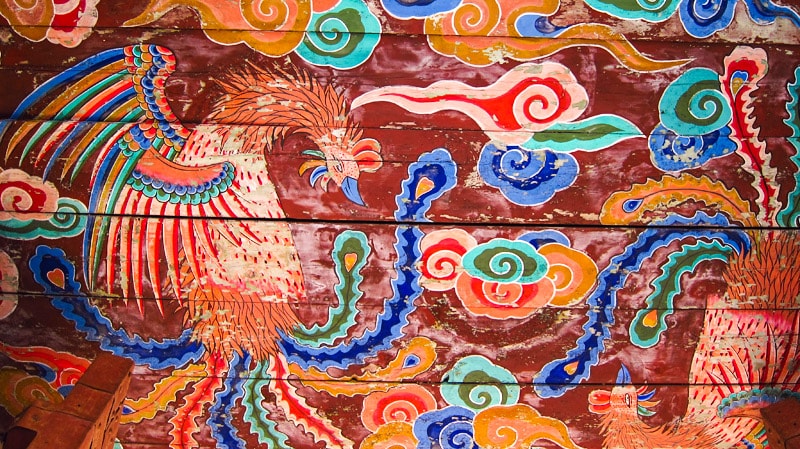
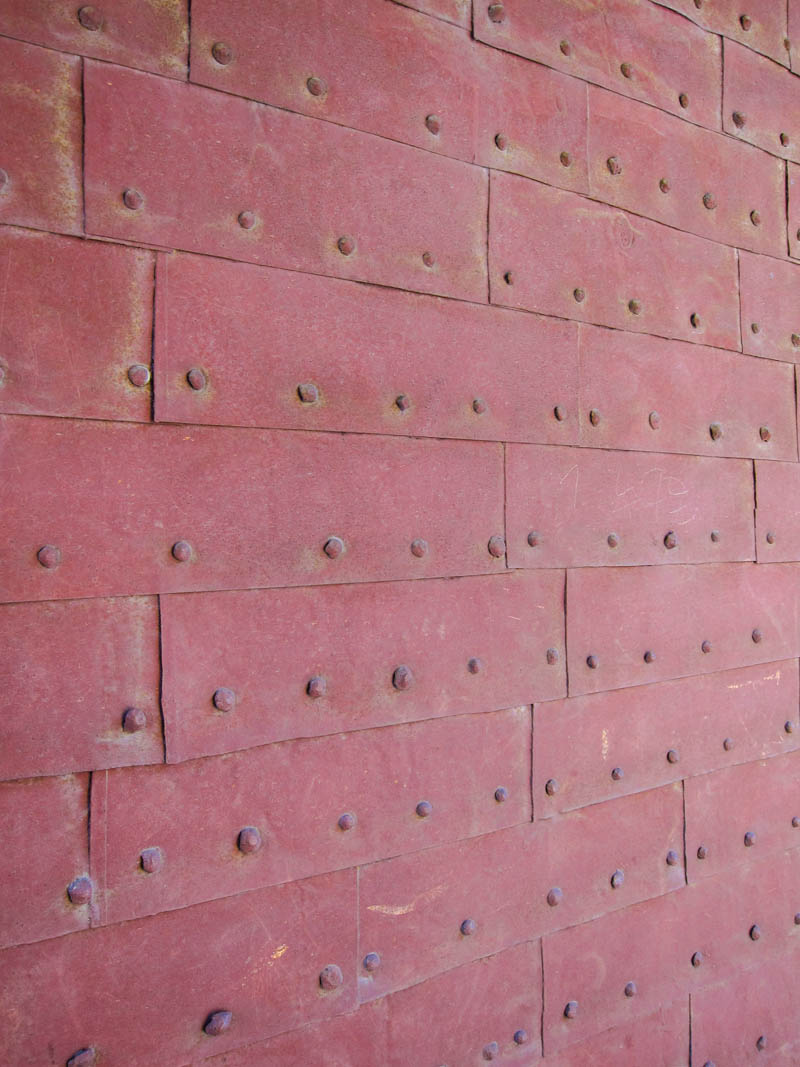
Changuimun Gate (Jahamun Gate) Information
Hours
Admission
Free
Address
42 Changuimun-ro, Jongno District, Seoul, South Korea
GPS Coordinates: 37.592625,126.966521
How to Get Here
Take Subway Line 1 to Jonggak Station (Exit 3).
From here, take city bus 7022 at Jeil Bank to Jahamun Tunnel.
Changuimun Gate (Jahamun Gate) Video
Map
Additional Resources
Klook
Klook offers discounted tickets and reservations for attractions and services in Seoul—from theme parks and museums to tours and transportation.
Viator by TripAdvisor
Book tours, activities, and unique experiences in Seoul—from sightseeing to cultural events and outdoor adventures—offered by local providers.
Rakuten
Save with cashback on hotels and travel services. Sign up and you could earn $30 cashback on your first purchase over $30.
Book Recommendations
Prefer a physical guide? Fodor’s Seoul offers detailed recommendations, maps, and travel tips for the city.
Nearby Sights
Yun Dong-ju Literature Museum
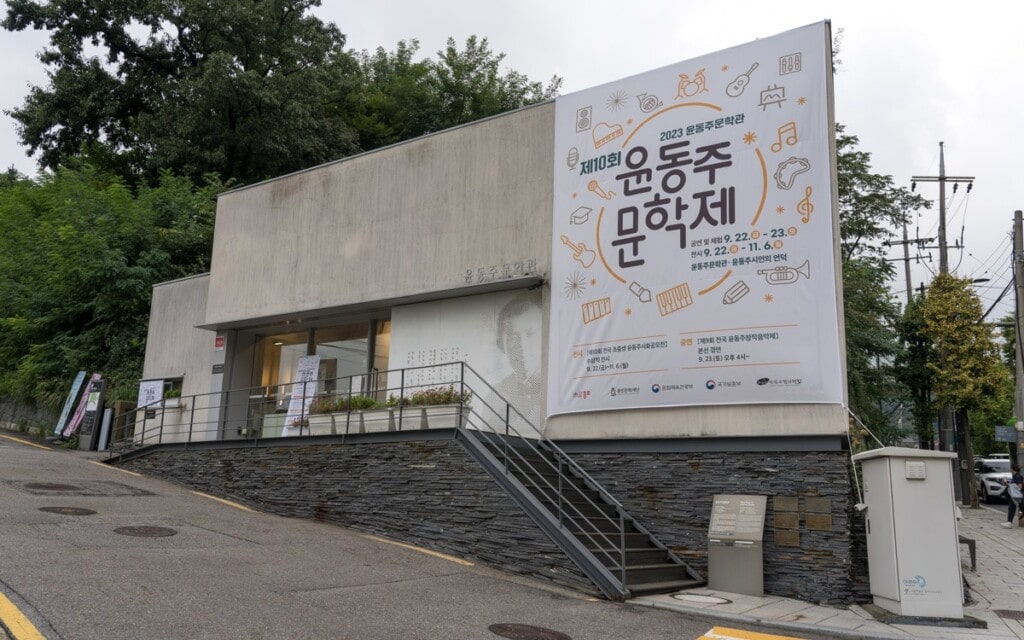
The Yun Dong-ju Literature Museum is dedicated to Yoon Dong-ju, one of Korea's most beloved poets. Yoon's extensive collection of over 100 poems, including 'Sky, Wind, Stars, and Poem,' was profoundly influenced and shaped by the colonial rule that prevailed…
Cheongun Literature Library
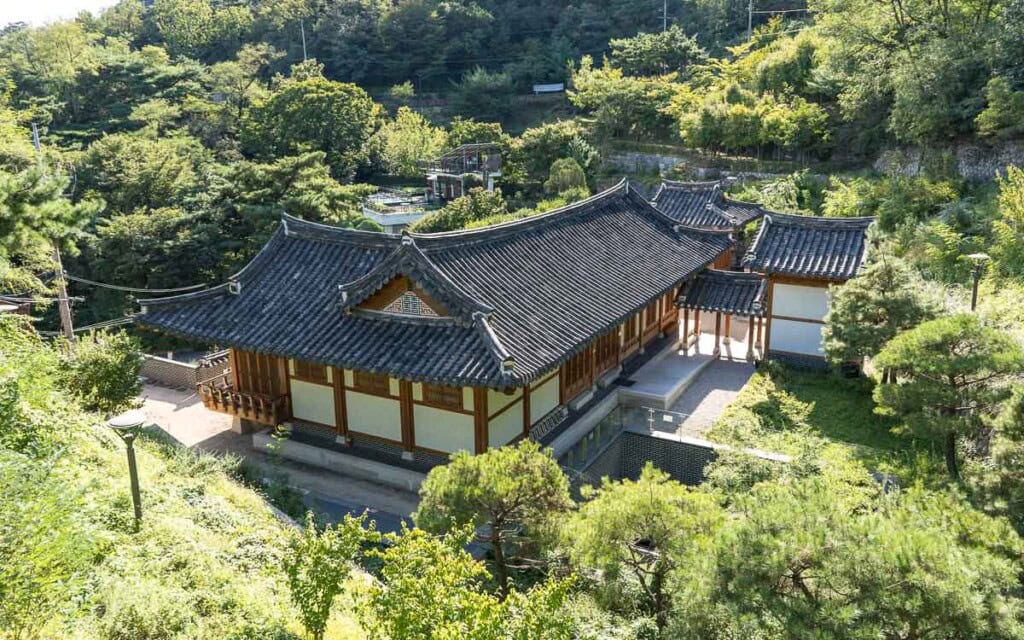
Cheongun Literature Library, the first hanok public library in Seoul, sits surrounded by nature at the foot of Inwangsan Mountain. Built by the Jongno-gu Office, it blends traditional architecture with the surrounding landscape. A hanok is a traditional Korean house…
Cheong Wa Dae (Blue House)
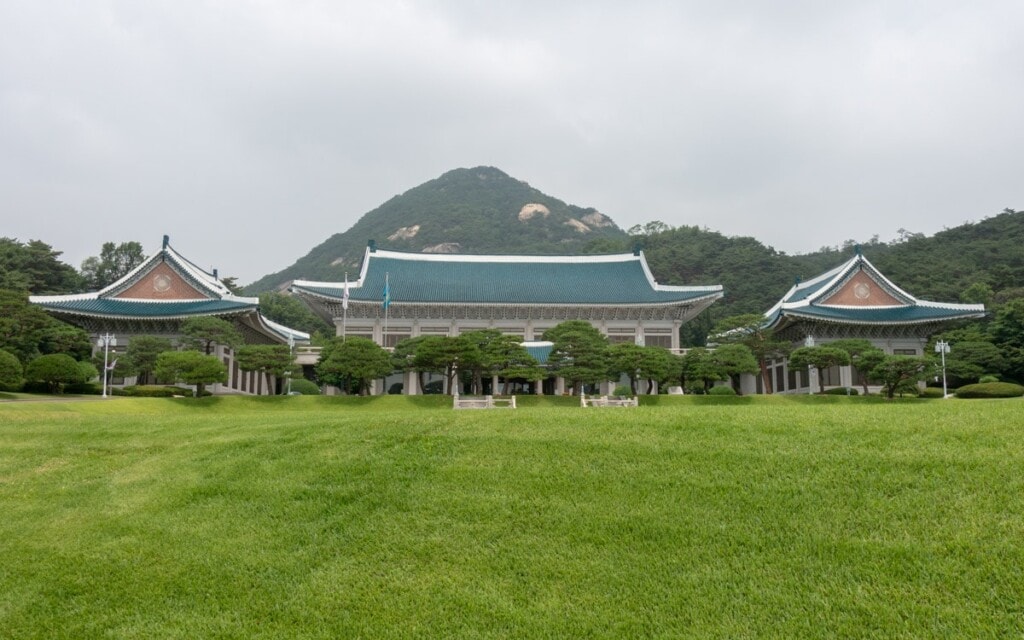
Cheong Wa Dae, or Blue House, is the official residence of the President of the Republic of Korea. It was built with traditional Korean architectural styles. The name comes from the translation of Cheong Wa Dae which means "pavilion of…
Segeomjeong Pavilion
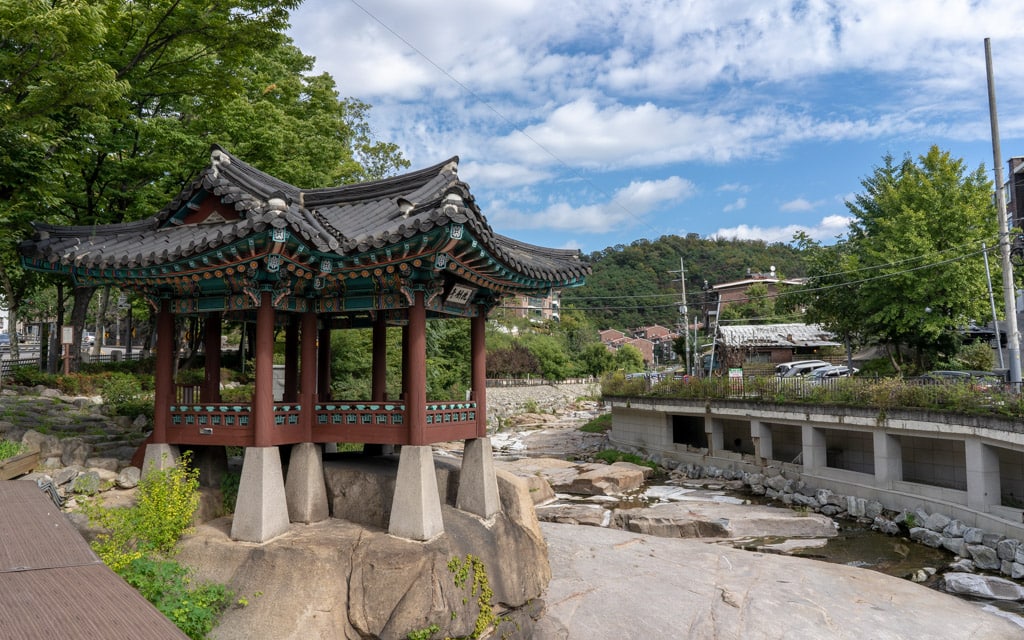
Segeomjeong Pavilion is a pavilion located on Hongjecheon Stream at the base of Mount Bugaksan in northwest Seoul. Due to its location, surrounded by nature, and built on a stream, the pavilion has been mentioned in many literary works, poems,…
Hongjimun Gate and Tangchundaeseong Fortress
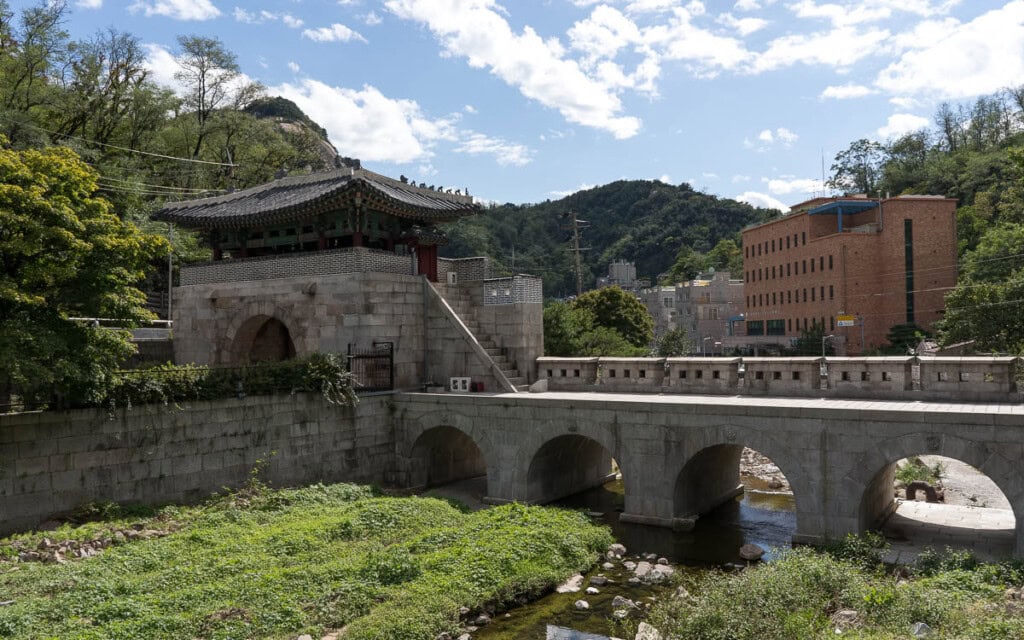
Hongjimun Gate is the main gate of Tangchundaeseong Fortress, built in 1719 during King Sukjong's reign. It served as a key defensive structure linking the Seoul City Wall (Hanyangdoseong) with Bukhansanseong, strengthening the capital's fortifications. Situated on the northern side…
Last Updated on Mar 13, 2025
